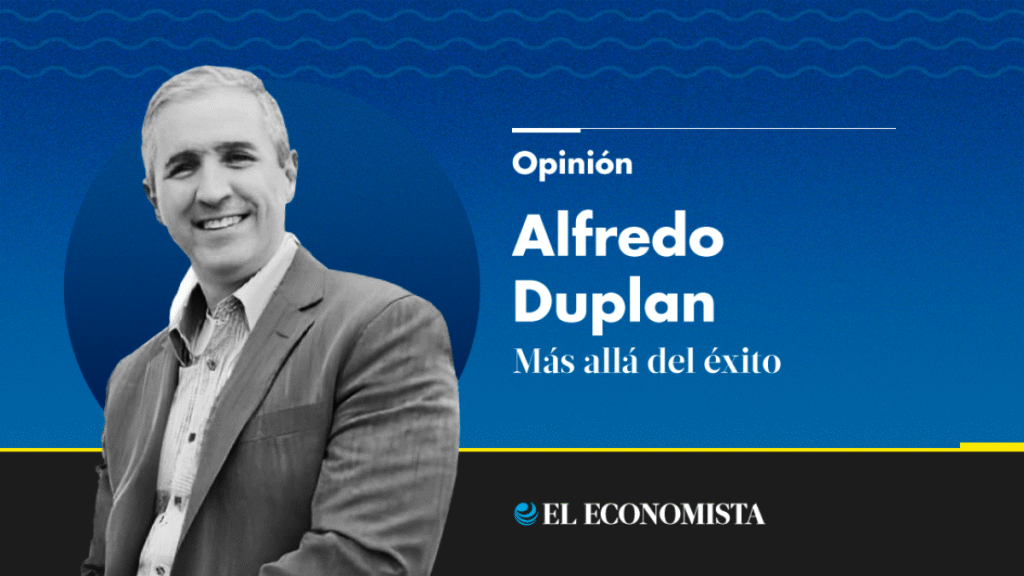From Indulgence to Health: A Shift in Consumer Food Preferences
Historically, people’s relationship with food has been a quest for indulgence. Visiting grandparents’ homes meant freshly baked cookies, chocolates, sweet breads, and cherished sodas stored in the pantry. These were times when small pleasures and consuming the “forbidden” were forms of celebration.
The rise of fast food then took center stage, with pizzas, hamburgers, tacos, and fried items becoming part of urban lifestyles. Speed, flavor, and convenience won over consumers. This phenomenon persists, with large fast-food chains continuing to expand and occupy every corner. However, the consumer mindset is evolving, particularly among younger generations like millennials and centennials.
The Millennial and Centennial Impact: A Focus on Health and Wellness
Millennials and centennials brought about a rapid transformation. Looking good, staying fit, and projecting health became social aspirations. Digital platforms like Instagram and TikTok, along with digital culture, propelled a new narrative where diet and exercise became integral to identity. Today, it’s not enough to simply go on a diet; the focus is on building a lifestyle.
This shift has had an immediate effect on consumption. Supermarkets now allocate space for “healthy corners,” an area that was once minimal and is now valuable square footage for sales. Specialty stores like Green Corner or boutique organic food formats have flourished. In e-commerce, sites like Naturitas offer thousands of wellness products. Even chains once niche, like GNC, are now perceived as everyday consumption.
The Rise of Healthy Categories
The growth of healthy categories is impressive: proteins, energy bars, oat, chia, or amaranth products, whole grain flours and pastas, gluten-free or lactose-free foods. Concepts like “organic,” “plant-based,” or “sugar-free” have become commonplace, something unthinkable just 15 or 20 years ago. Today, an average consumer understands what these terms mean and looks for them on labels.
Challenges in Communicating Health
However, this boom presents a challenge: “healthy” doesn’t mean the same thing to everyone. For some, it’s low-calorie eating; for others, avoiding chemicals; and for some more, it’s incorporating vitamins, proteins, or having a vegan label. From a retail and marketing perspective, this complicates strategies. Should health be communicated broadly or should specific battles be chosen? Brands are forced to find a language that encompasses these varying expectations without diluting their message.
Regulation and Industry Innovation
Another crucial factor has been regulation. In many countries, producing or selling food with a healthier profile offers tax benefits, incentives, or advantages in labeling. Organic certifications and fair trade schemes have gained prominence, pushing the industry to innovate and retailers to include more of these products.
Fast Food Giants Embrace Healthier Options
This health trend has also reached fast-food giants. Today, it’s common to find vegan burgers, lettuce wraps instead of bread, salads as side dishes, or fruits instead of fries. Even options like chilaquiles with nopal tortillas have become part of casual restaurant menus. What once would have been seen as eccentricities are now commonplace.
Health and Sustainability: A Holistic Approach
The health topic is closely linked to sustainability and social responsibility. Free-range eggs, grass-fed meat, biodegradable packaging, or fairer supply chains are part of the new package of values consumers consider. They want food to be good for them and for the planet.
The Price Dilemma
However, a significant challenge remains: the price. Healthy foods are typically more expensive than their traditional counterparts. A liter of almond milk costs more than cow’s milk, a vegan burger is usually pricier than a regular one, and an organic egg box can double the price of conventional ones. The modern consumer seeks value but also desires these additional attributes.
The Future of Consumer Consumption
The big question for the industry is: how much are consumers willing to pay more for health? Will it be a daily expense, something reserved for special occasions, or a smart blend of indulgence and wellness? The balance between price, perceived value, and lifestyle will shape consumption in the coming decade.
Indulgence Endures: A Balancing Act
While indulgence hasn’t disappeared, grandparents still offer cookies and chocolates from their pantries, and pizzas remain a Friday night staple. The difference is that consumers now want options: chia seed smoothies in the morning and a burger on weekends. This duality between pleasure and health will define the food industry in the coming years.
Key Questions and Answers
- What has changed in consumer food preferences? Younger generations prioritize health and wellness, shifting from indulgence-focused diets to lifestyles that incorporate fitness and balanced nutrition.
- How has the retail landscape adapted? Supermarkets and specialty stores now dedicate space to healthier food options, with e-commerce platforms offering a wide range of wellness products.
- What challenges does the industry face in communicating health? The diverse interpretations of “healthy” make it difficult for brands to craft a unified message that resonates with all consumers.
- How has regulation influenced the food industry? Regulations promoting healthier food options have encouraged innovation and increased the availability of such products.
- What role does sustainability play in consumer choices? Consumers increasingly consider the environmental and social impact of their food, driving demand for sustainable practices.
- What is the price dilemma in healthy food consumption? Healthy options are often more expensive, creating a balance between affordability and desired attributes for consumers.






